A flexible self-powered ultrasensitive pulse sensor (SUPS) based on a triboelectric nanogenerator (TENG) is presented.
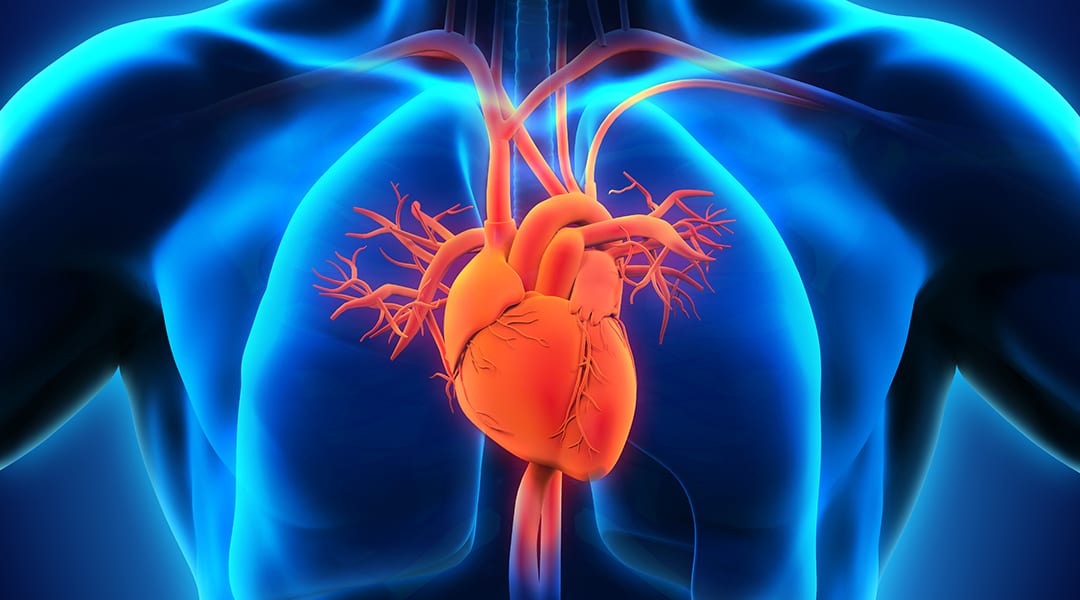

A flexible self-powered ultrasensitive pulse sensor (SUPS) based on a triboelectric nanogenerator (TENG) is presented.
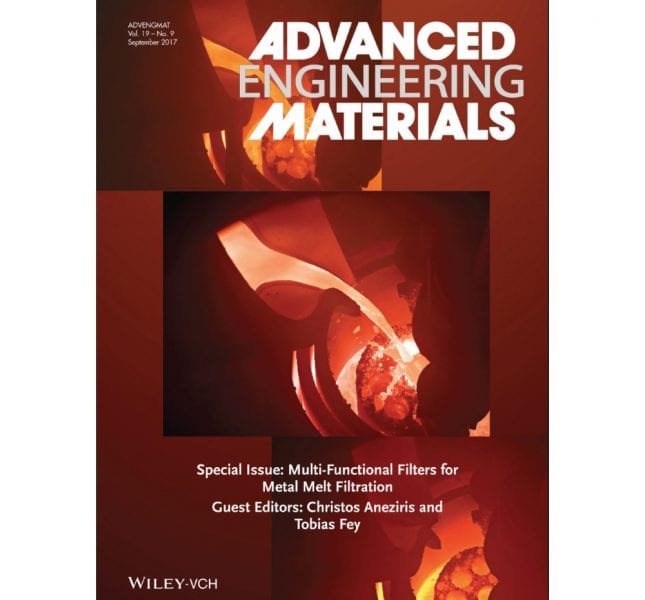
The present Special Issue focuses in a comprehensive way on selected results from the Collaborative Research Center 920 covering the entire chain of metal melt filtration.

University of Waterloo researchers develop a bifunctional oxygen electrocatalyst based on graphene that can recharge zinc-air batteries more efficiently.
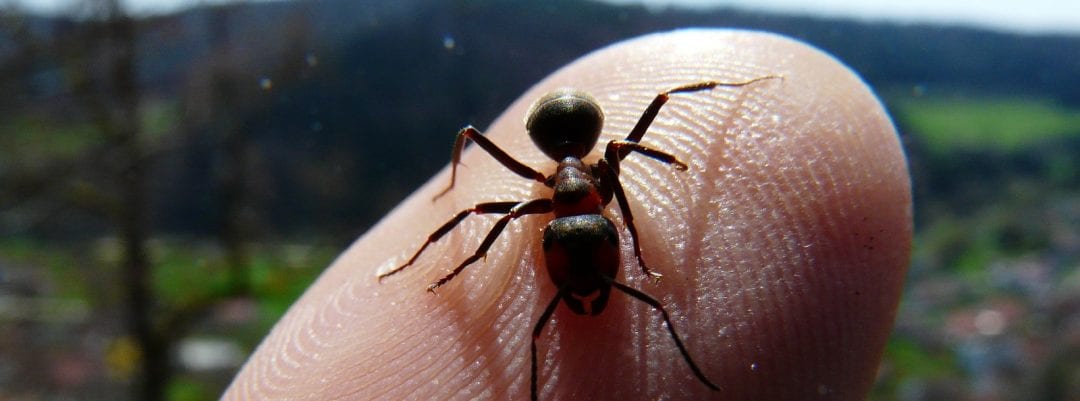
A calculation method based on a natural phenomenon helps to optimize lightweight laminates.
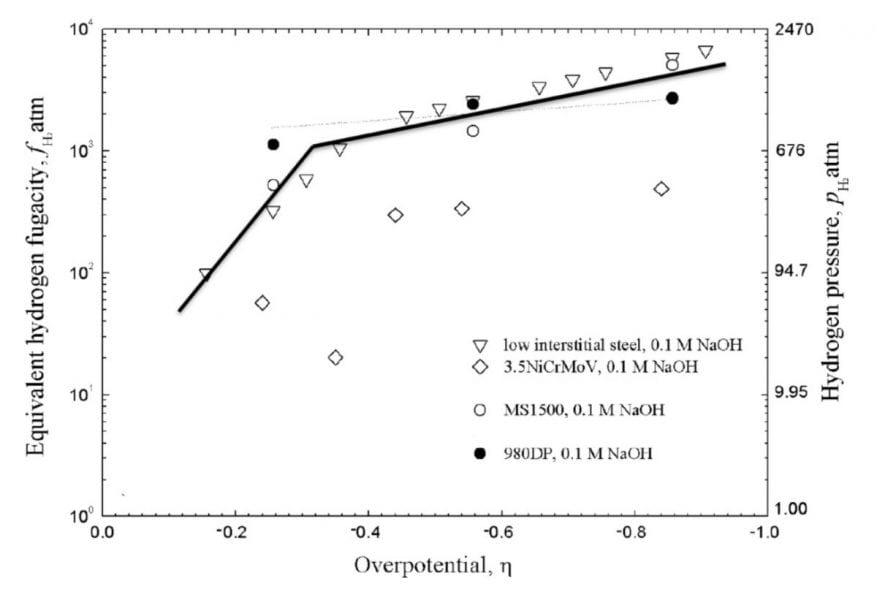
980DP steel was studied using a new Thermal Desorption Spectroscopy apparatus to measure the hydrogen concentration in the DP steel, to evaluate the equivalent hydrogen fugacity, and to identify the trap activation energy and the associated hydrogen traps.

A caterpillar prepares for its legendary transformation from a pupa into a colorful butterfly. Through this metamorphosis, a bag of developmental genetic tricks lays down bright color patterns that help the butterfly attract its mates and warn or fool its predators.
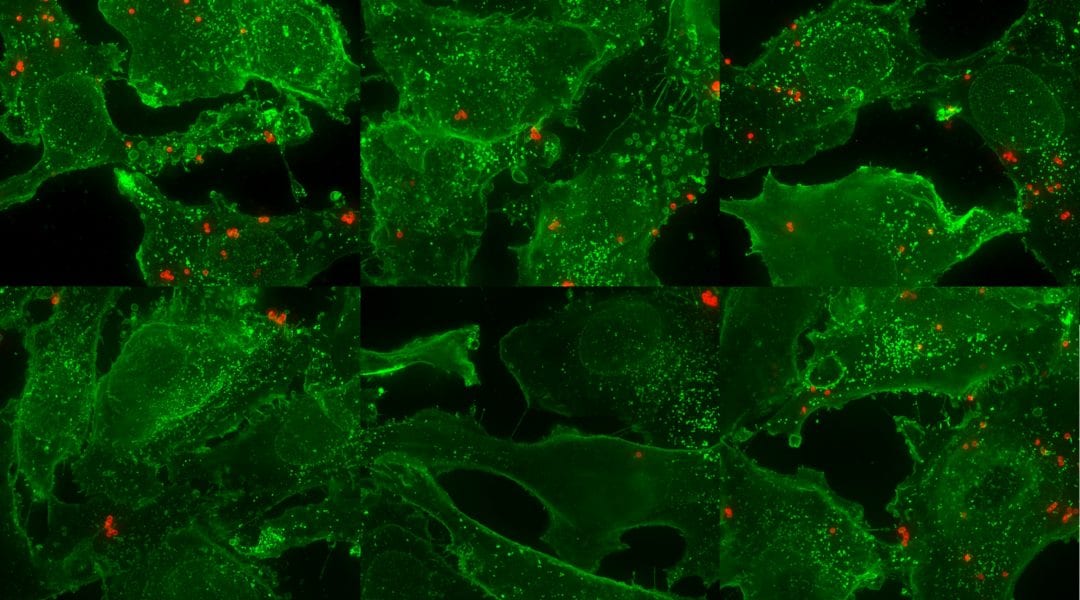
Parameters that affect the biological performance of particles and highlight strategies for improved targeting ability of particles.
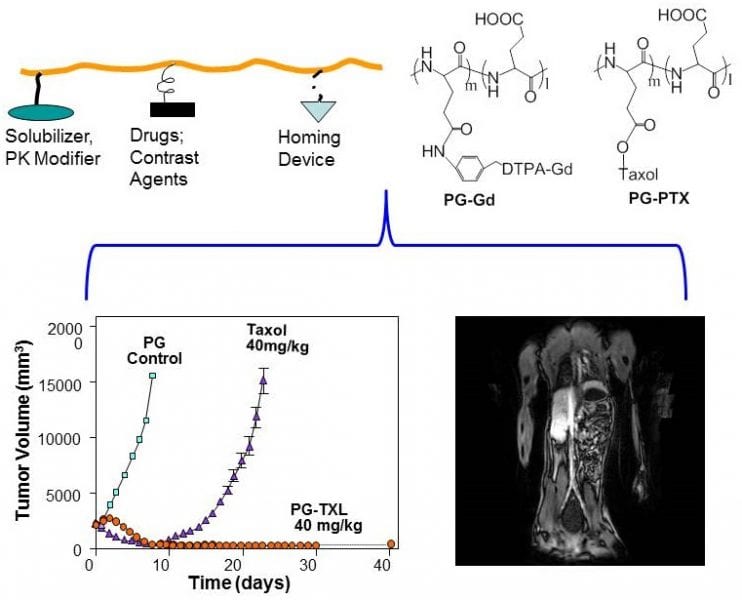
Biodegradable synthetic poly(Amino Acid) carrying either therapeutic or diagnostic agents.

Is the electrification of the global fleet of automobiles and trucks truly a panacea for curbing greenhouse gas emissions, stabilizing global warming and ameliorating climate change or, rather, is it merely a way of shifting the problem from conventional internal combustion to electric vehicles?
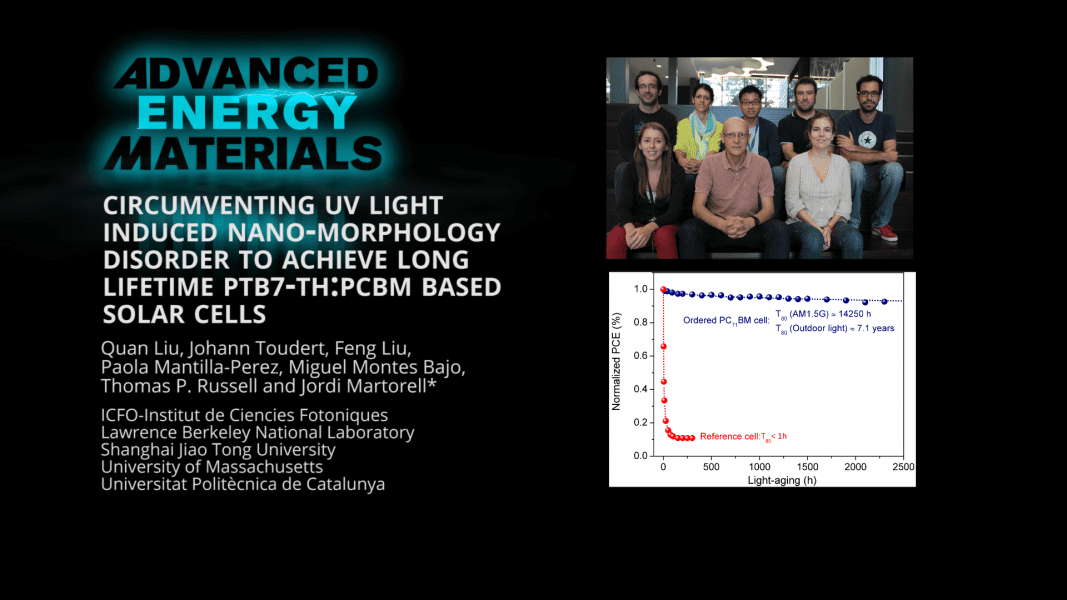
Jordi Matorell and co-workers achieve a longer lifetime of polymer solar cells by addressing the issue and mechanism of UV-induced “burn-in”, a phenomenon linked to rapid degradation of electron transport.